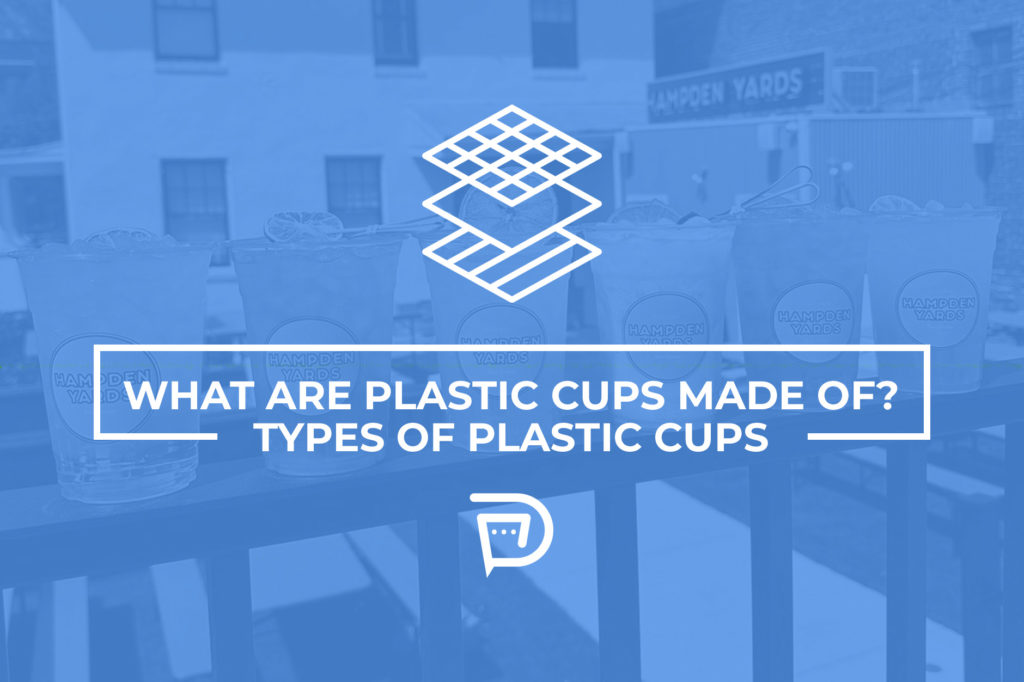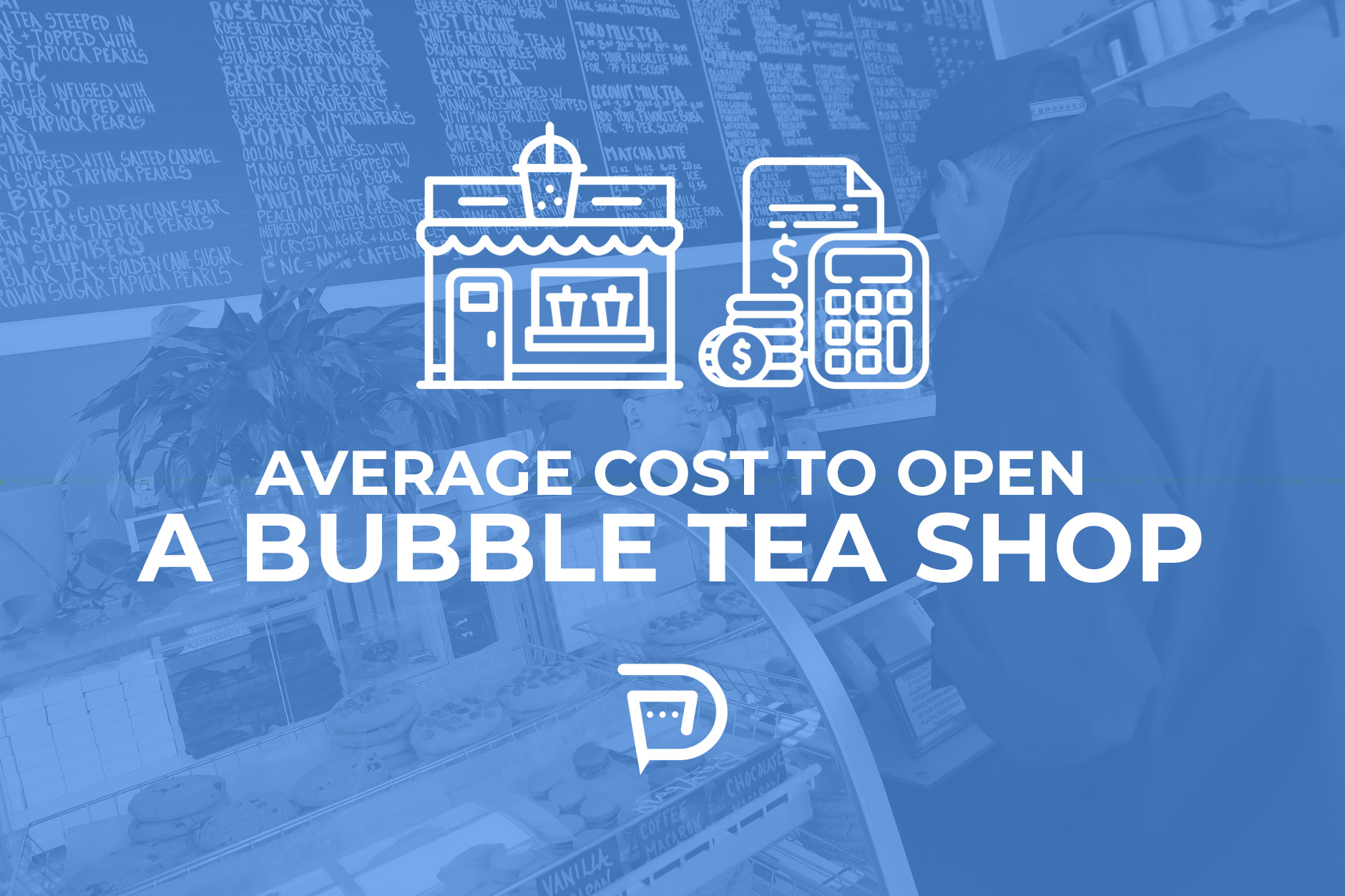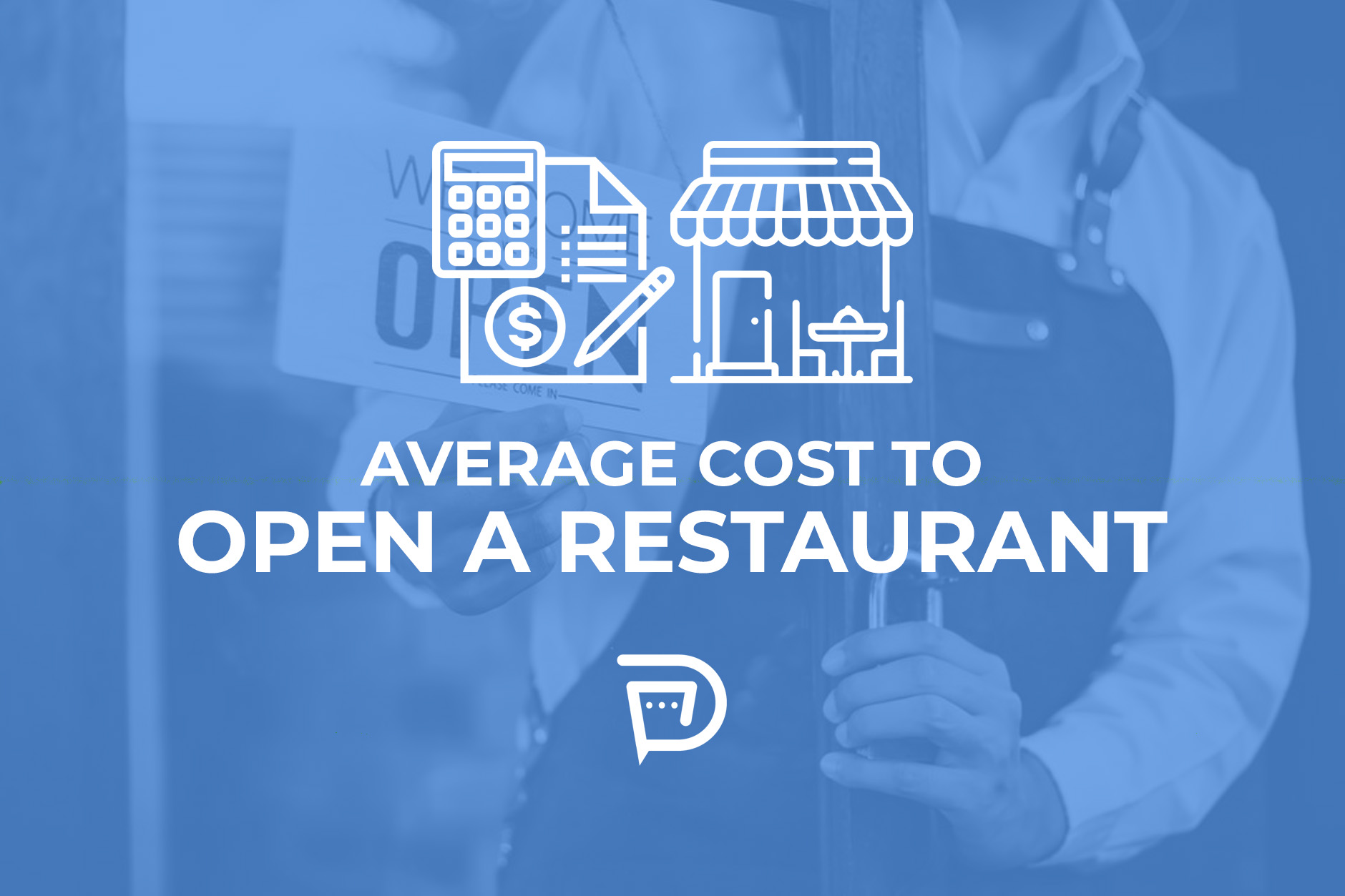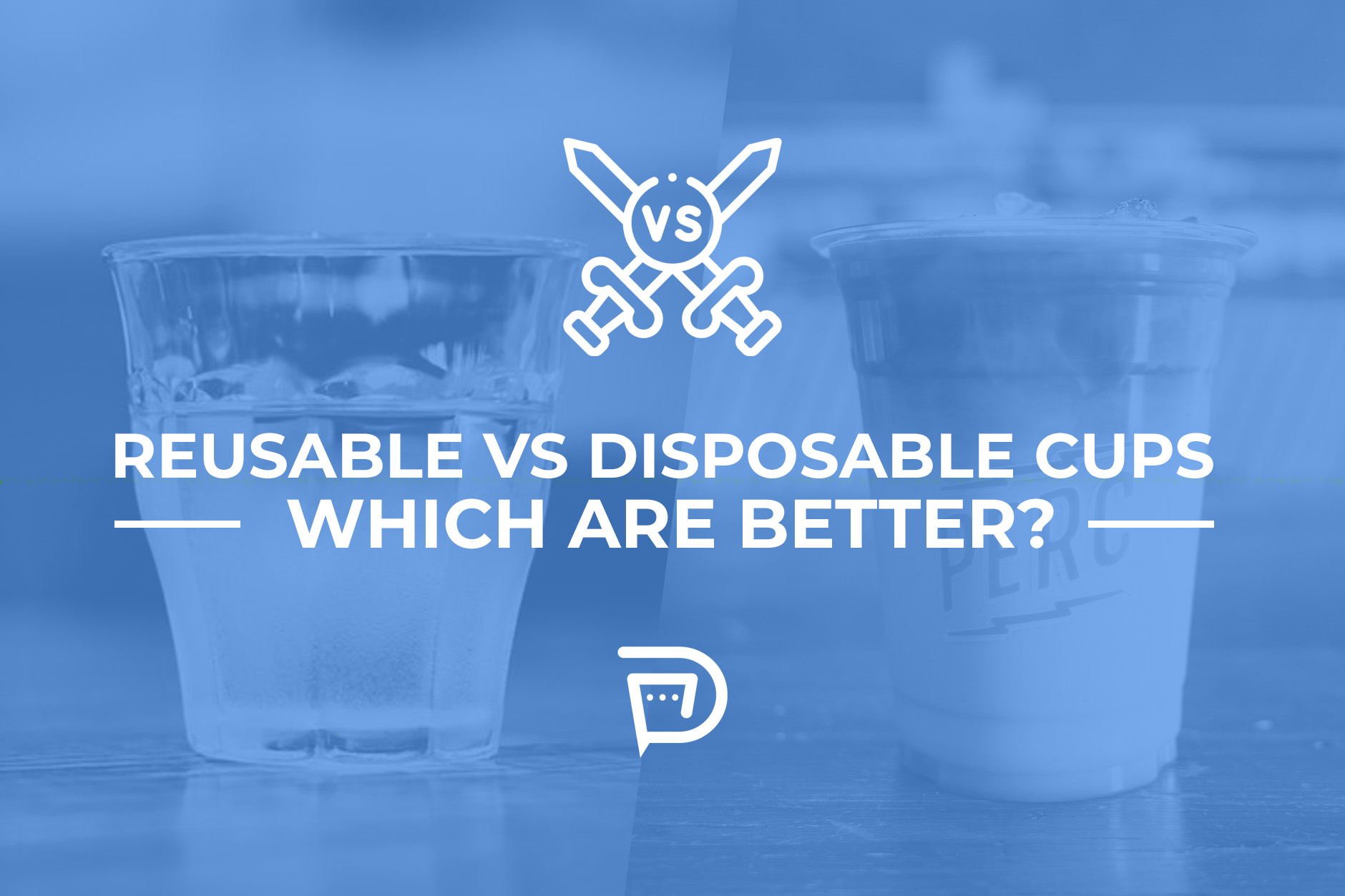If you run a food service business, you have probably considered purchasing disposable items – such as cups. Using disposable products can be a good way to cut down on the costs associated with using traditional tableware. It is also necessary if you have a food truck or other business that offers food and drinks to go.
Plastic cups are a popular option for many restaurants because they are inexpensive, versatile, and can easily be branded with your business name and logo. There are many different types of plastic cups, each made out of a unique resin. Each of these cups offers its own benefits, such as strength, heat resistance, or recyclability.
Disposable Design works with companies across the U.S. to help them get the custom promotional products that they need for a fraction of the cost. Whether you need custom plastic cups or are interested in exploring paper cup options, we can help you choose and design outstanding products for your business. Reach out today to talk to a member of our branding team.
The Main Types of Plastic Cups
There are many different types of plastic that can be used to make cups. Each type has its own benefits and drawbacks. For many people, environmental friendliness is a concern when considering the use of plastic cups. As described in more detail below, many plastic cups are recyclable – and some can even be composted. Read on to learn more about how different types of plastic cups are made.
Polystyrene (PS) Plastic Cups
Polystyrene (PS) is a popular plastic because it is both easy and cheap to manufacture. It can be formed as either a solid or a foam. It is more commonly recognized by the brand name Styrofoam. It is used in many applications in restaurants, including disposable cups.
PS can also be molded into thin, hard plastic – such as for disposable plastic cutlery or yogurt containers. Because this plastic can be more brittle, it often isn’t the best choice for plastic cups. PS plastic cups can be identified by the recyclable number 6 inside of a triangle on the bottom of the cup.
PS is considered to be one of the least environmentally friendly plastics available, as it can’t be recycled easily, is not biodegradable, and can harm animals who may mistake it for food. In fact, many cities and three states – Maine, Maryland, and New Jersey – have banned the use of polystyrene foam food containers (including cups). Given these environmental concerns, most restaurants avoid the use of PS cups.
Polypropylene (PP) Plastic Cups
Polypropylene (PP) is a versatile plastic from the polyolefin family of plastics. It is known to be durable and crack-resistant. It can also be microwaved. PP cups are made through three methods:
- Extrusion forces melted plastic through a mold;
- Thermoforming involves using heat and suction to form a sheet of plastic into the shape of a mold; and
- Injection molding where melted plastic is forced into a mold cavity and cooled.
PP cups can be identified by the number 5 inside of a recyclable triangle on the bottom. Polypropylene cups can be recycled, with the material heated and then formed into new products. They may be clear or colored and can be made in varying thicknesses.
Polyethylene Terephthalate (PET) Plastic Cups
Polyethylene terephthalate, or PET, is a type of clear, durable plastic. It is incredibly versatile, making it one of the most commonly used plastics in the United States. It is also the most recyclable and recycled plastic in the country.
PET is a thermoplastic polymer resin from the polyester family. It can be made into fibers for clothing, and may also be made into cups, bottles, and other containers. This is typically done through either a one-step or two-step molding process. In the first step, the plastic is melted and pushed into a mold. If a second step is used, the plastic is heated again and then inflated to form a bottle or other container.
PET, which can be identified by the number 1 inside of the triangle on the bottom of the cup, is recyclable. This makes it a popular choice for plastic cups and bottles throughout the United States.
Polylactic Acid (PLA) Plastic Cups
Polylactic acid (PLA) is a thermoplastic polyester that is made by condensing lactic acid. It has become more popular in recent years because it can be produced economically from renewable resources such as fermented plant starch (such as corn, cassava, or sugarcane). The resulting material can be formed into objects using 3D printing, casting, injection molding, solvent welding, and machining.
PLA plastics can be used in a number of consumer goods, including plastic cups and cutlery. However, they aren’t suitable for hot beverages, because they can deform under high temperatures.
It is strong, durable, and eco-friendly, as it can be recycled, incinerated, or composted. PLA can’t be composted in most home composting piles and instead needs to be composted in industrial environments. PLA cups can be identified by the number 7 recyclable symbol on the bottom.
High-Density Polyethylene (HDPE) Plastic Cups
High-density polyethylene (HDPE) is a thermoplastic polymer. It is an incredibly strong plastic, with a high strength-to-density ratio It is often used for pipes and plastic lumber along with cups, food storage containers, and bottles.
HDPE plastics are formed using injection molding, extrusion molding, blow molding, and rotational molding. Items made using HDPE can be identified by the number 2 on the bottom of the container. HDPE cups are recyclable.
Because HDPE plastics are strong, HDPE cups can be used for both hot and cold beverages. This plastic tends to produce a sturdier product, which makes it ideal for items like reusable stadium cups.
Styrene Acrylonitrile (SAN) Plastic Cups
Styrene acrylonitrile (SAN) is a copolymer plastic made up of styrene and acrylonitrile. It is known for its heat resistance, which makes SAN cups a great choice for hot beverages. This plastic is often used for food containers, water bottles, healthcare items, and cups.
One of the primary benefits of SAN cups – beyond heat resistance – is that it offers glass-like clarity. This allows food service businesses to use plastic SAN cups without the risk of breakage. It is recyclable and can be identified by the number 7 on the bottom of the cup (which is used for “other” types of recyclable plastics).
High-Quality Plastic Cups for Your Business
Plastic cups are convenient, affordable, and low-cost. In many ways, they are the ideal choice for a restaurant, cafe, food truck, or other food service business. At Disposable Design, we offer an array of plastic cups to meet our client’s needs, including custom stadium cups and custom clear plastic cups. All of our plastic cups are produced with either PP Or PET plastic, so they are widely accepted by recycling programs.
From our factory in Michigan, Disposable Design helps customers throughout the United States get the high-quality disposable products that they need at fair prices. All of our promotional products are available in smaller quantities so that even small businesses can afford to expand their marketing efforts using these items.
To learn more about our plastic cups or to speak to a member of our branding team, fill out our online contact form or hit the live chat button at the bottom of the screen.





